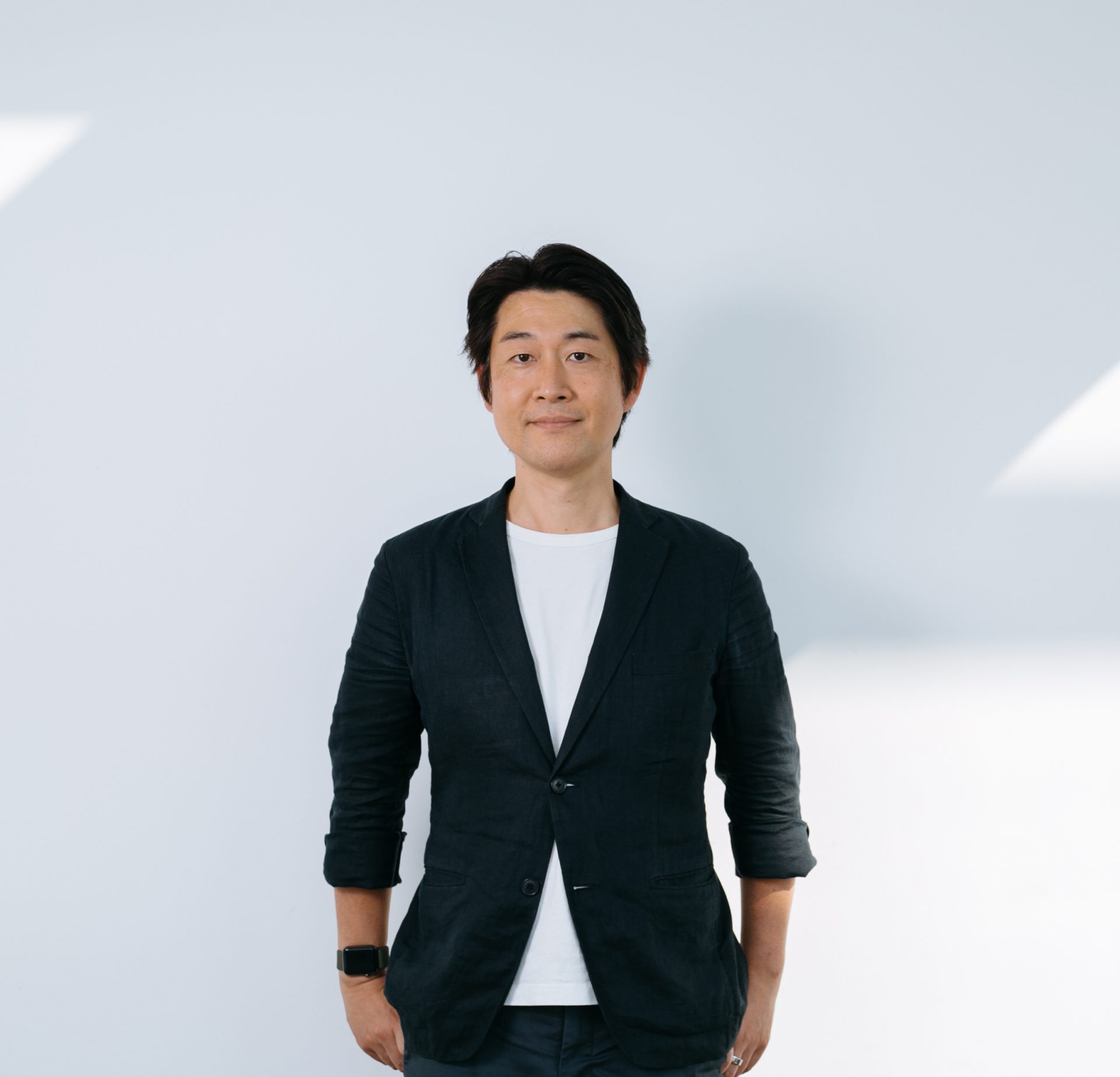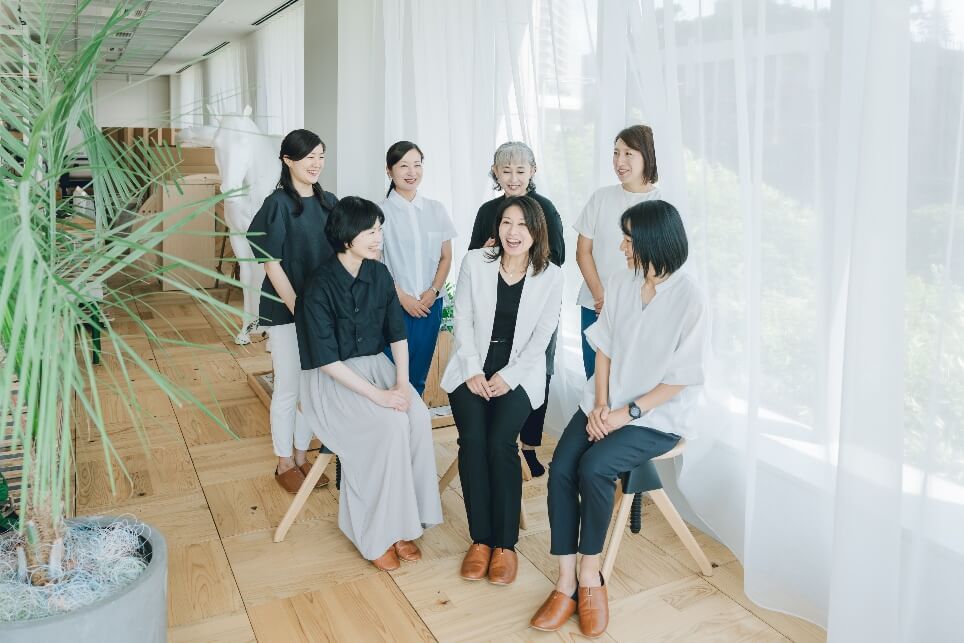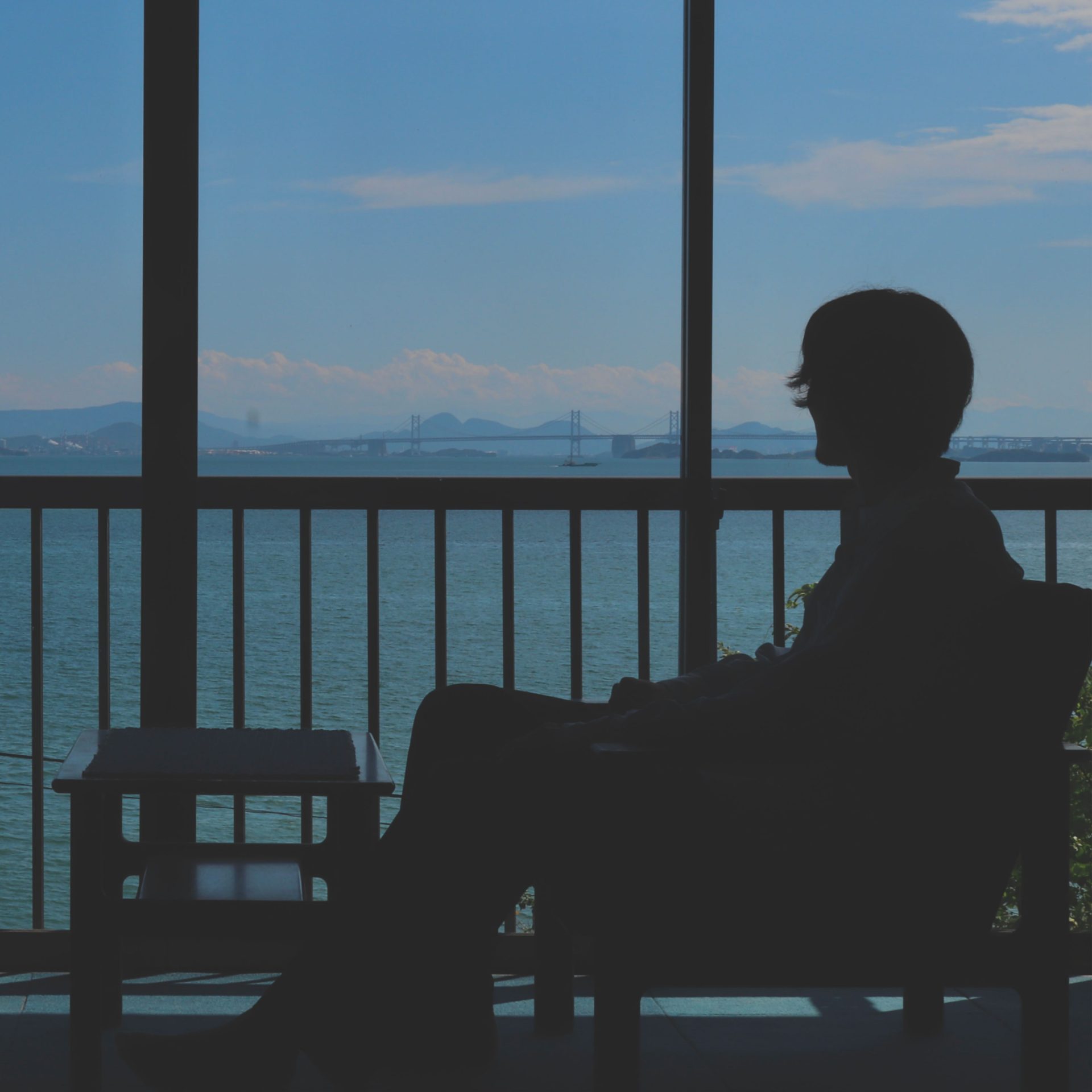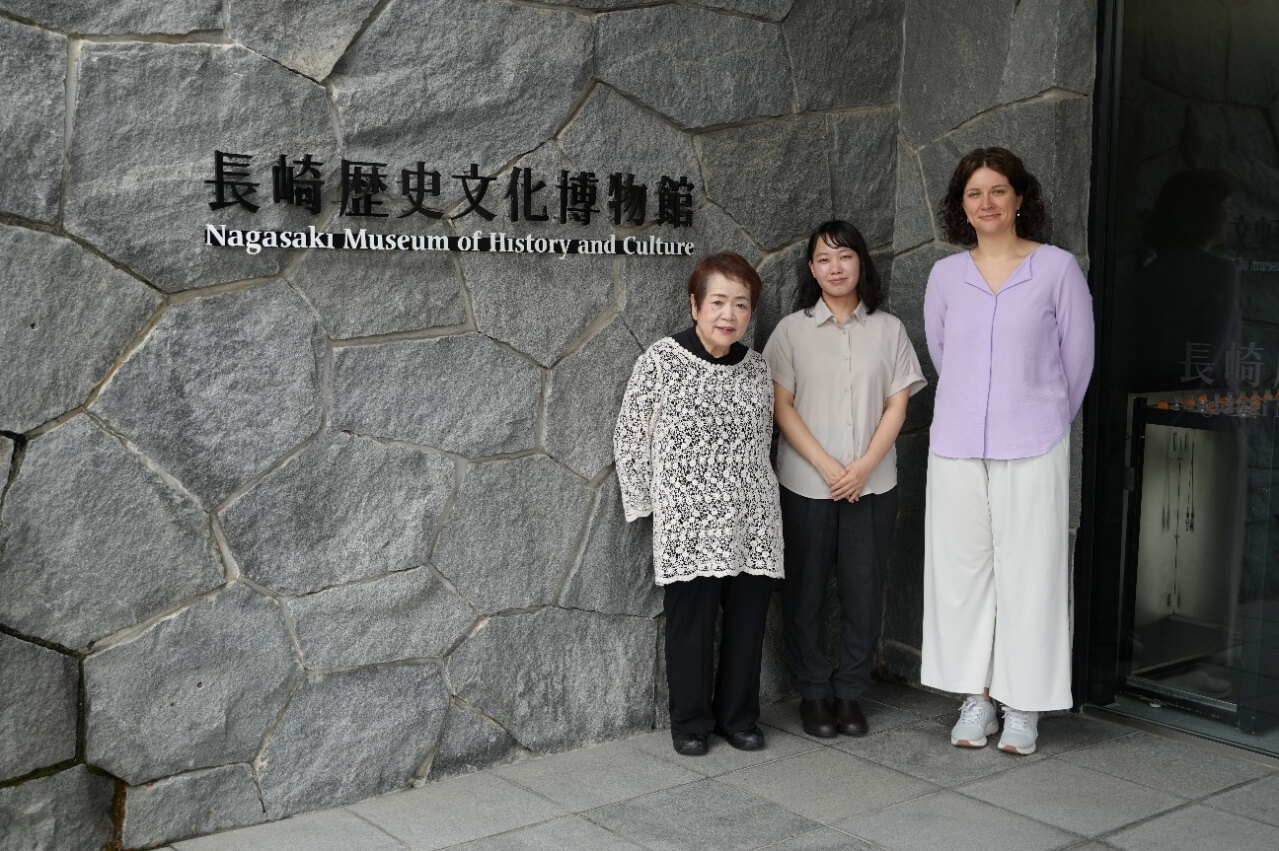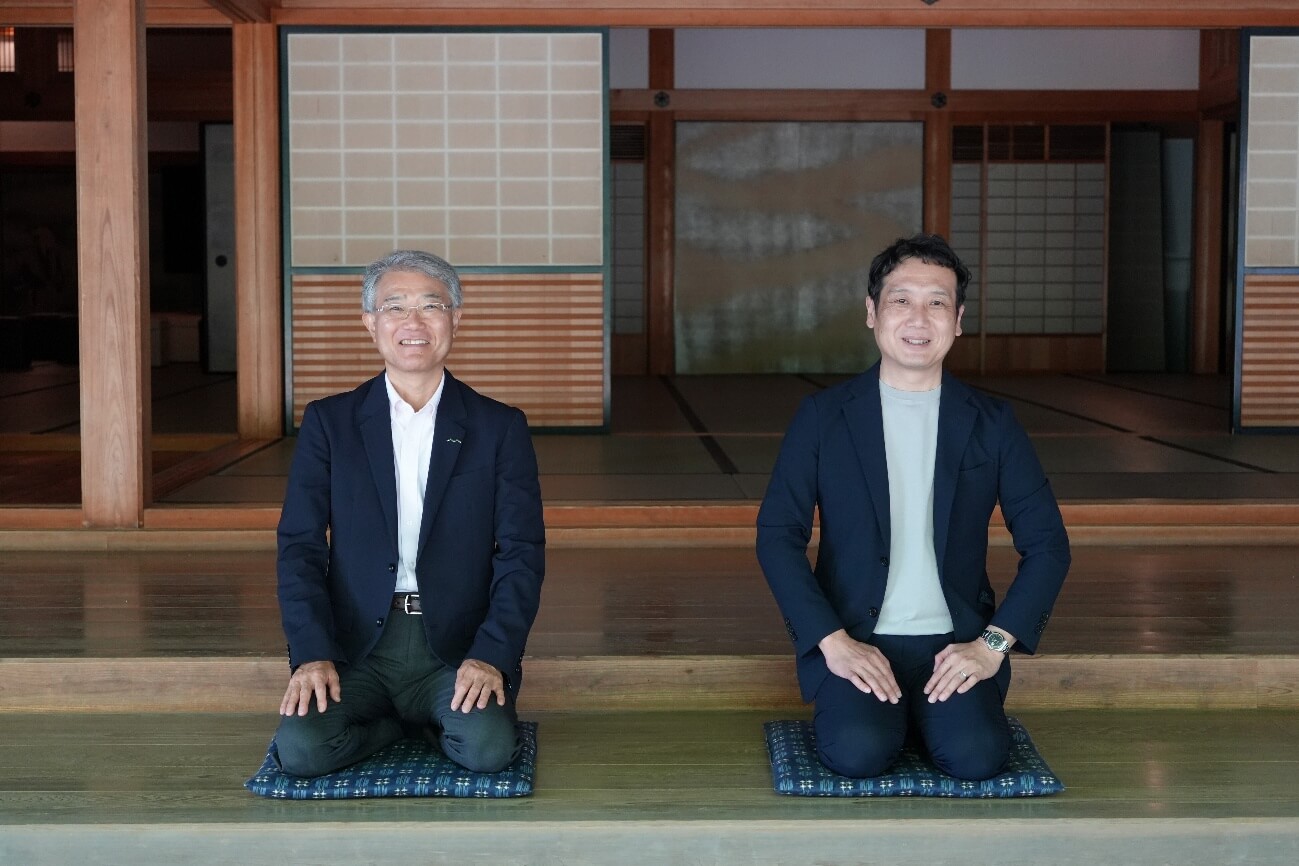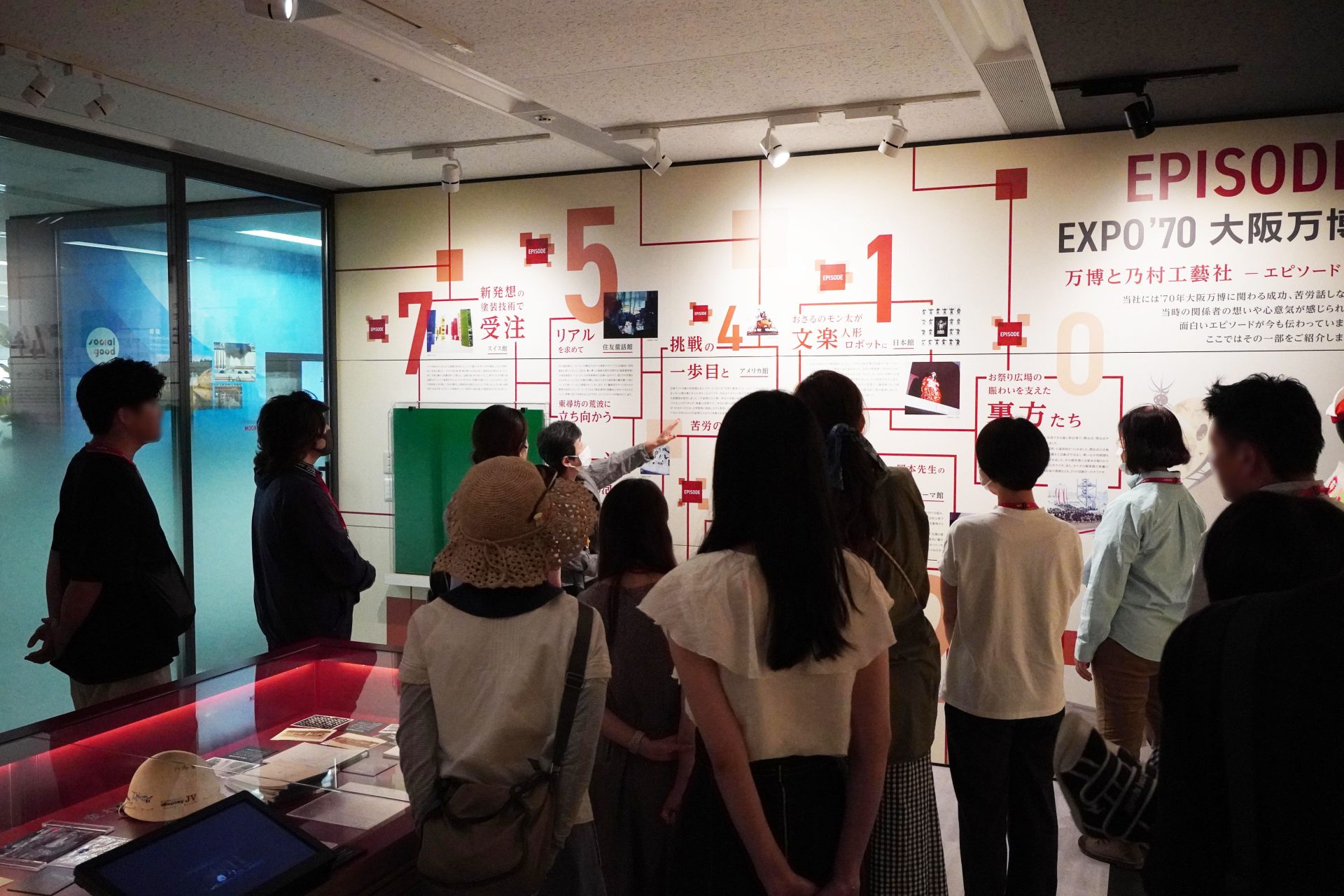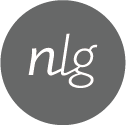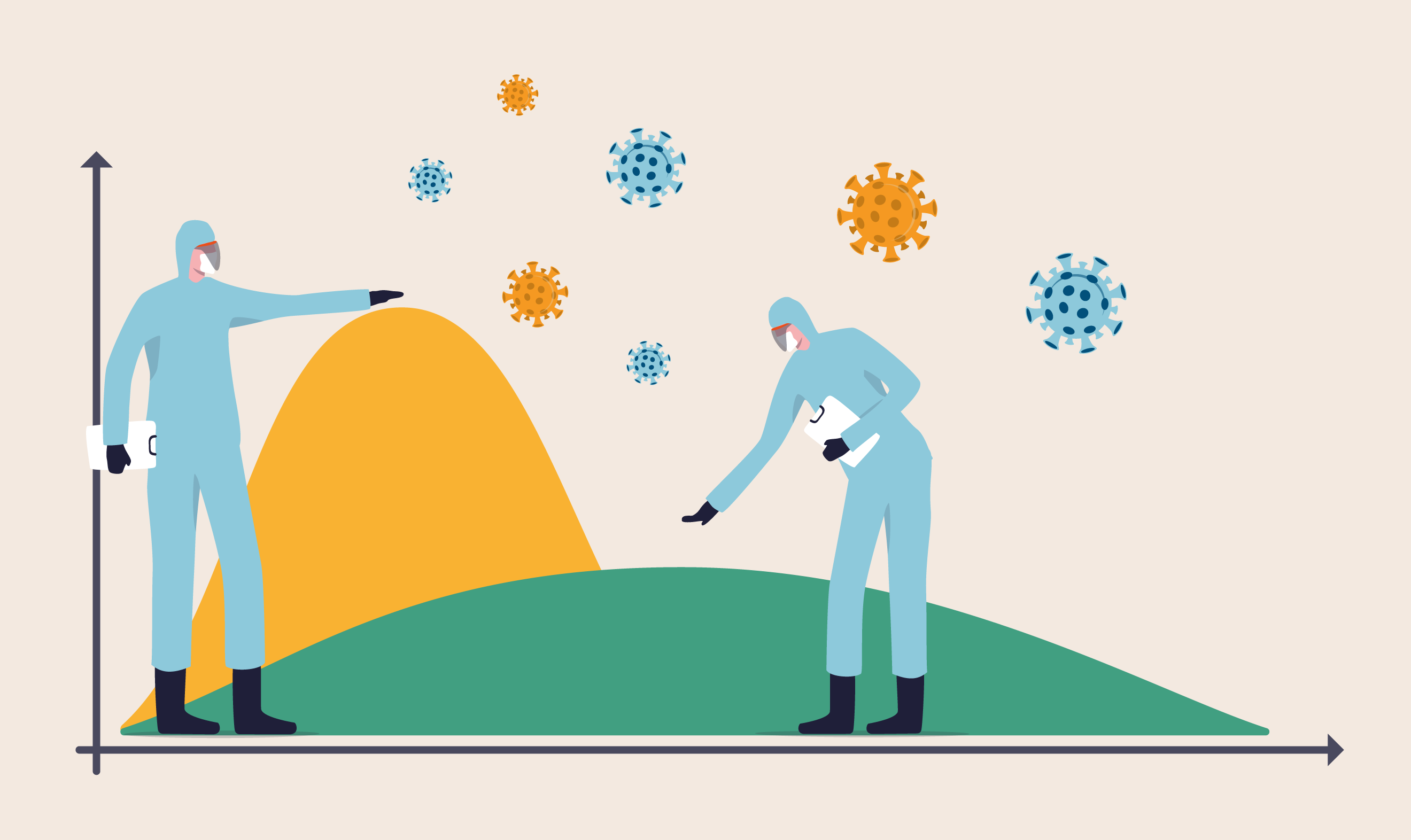
Thinking about a “post-corona” customer attraction space from working from home
2020/04/23- text and edit by
- Jiro Takano
Introduction
The new coronavirus infection is raging all over the world. First of all, I pray for everyone's safety and the speedy recovery of those who have developed symptoms. And I would like to express my heartfelt condolences to those who passed away.
Due to the recent state of emergency declaration and the request of the local government, I have been unable to go out for days other than to buy necessary ingredients and daily necessities. Looking out at the deserted park with the warm sunlight pouring down from the window of my room, I am amazed at how quickly the daily life that I have taken for granted since I was born is crumbling at such a speed. On the other hand, it is also a fact that social change, which seemed to be progressing at a slow pace, is inevitably occurring, mainly due to technological innovation.
Technology already existed that allowed work to be carried out without moving or meeting face-to-face. There must have been many people who thought that it would be faster if However, the situation has changed completely, and when you can't even take a step out of your house, you have to introduce and learn the technology that allows you to proceed with your work without seeing each other. It's not so much the technology that advances, it's that users are advancing faster than ever before.
This article is composed of two parts: "New realizations gained from working from home and telework" and "Post-corona" customer attracting space predictions based on that. Various media have already shared their awareness of telework, so if you don't have time, you can start reading from the second half, "Will the 'post-corona' space be more convenient and comfortable?" increase. I would appreciate it if you could read it to as many people as possible.
Acceleration of digitalization brought about by the recommendation to work from home
For example, who would have predicted that telework, especially web conferencing, would spread in such a short time? My department uses the Microsoft Teams channel to share reports on the start and end of work, and it feels as if we are greeting each other at work, which eases my sense of loneliness. When I was in my late twenties, I used to work as a freelancer in a one-room apartment at home. I felt the difficulty of this, so I feel the usefulness of "online greetings" while thanking the team for their continued cooperation every morning and night.

Thankfully, we have been able to continue to work on spaces. When creating proposals, multiple people can simultaneously edit a PowerPoint file from a remote location using Microsoft's SharePoint. In the web conference, we will decide the person in charge for each slide, assign the task, edit it by each person, and confirm it again in the web conference. It is good to be able to proceed while checking the work status and contents of other people. I've been using it since last year when working with overseas branches, and now I can create materials very efficiently just by web conferencing. By the way, I think that paperless materials will be further accelerated, but will the term "proposal" change someday?
In a real meeting, it was not uncommon to say, "It started somehow, then proceeded somehow...", but when doing that in a web conference, everyone tends to spend more time in silence. It's been a few weeks since I started working from home, but in the web conference, there are people who proceed with the flow of ``sharing the agenda at the beginning, proceeding in order, and finally confirming the task and person in charge, and deciding on the next meeting.'' I feel that it is increasing. I think this is also a positive change.

The web conferencing system Zoom, which has become a hot topic for its rapid increase in users and security measures, can be used free of charge for up to 40 minutes even for meetings of 3 or more people. When I was doing a one-hour web conference, I used to say, "I'll cut it off in 40 minutes and then connect it again...", but one day, I decided to take the plunge and finish the conference in 40 minutes. Did. Then, I found that the remaining 20 minutes were spent walking around the house, stretching, and preparing for the next meeting, so that I could concentrate on the next meeting, creating a virtuous cycle.
Recently, it seems that more and more people are using web conferencing systems for chatting in their spare time. Behaviors that were not considered productive in the office, such as small talk and walking around the office, are now being visualized as essential to maintaining humanity.
Is the “post-corona” space even more convenient and comfortable?
However, a life spent at home all my life is not desirable, at least for me. As to how long this life will last and nomlog the situation will end, I will seek the opinions of experts. I would like to make predictions from three points.
#1. Do some things outdoors
Technology that tracks the behavior history of infected people using mobile devices will become more widespread due to social demand. Temperature checks by sensors, like those used at airports, may become commonplace at the entrance of each facility. In addition, sensoring interfaces such as automatic doors and voice interfaces will be in a state of being "pervasive everywhere" (should we call it a touchless society?). Until now, ventilation volume was calculated from time and intake/exhaust volume, but simulators such as where and how much air flows in the facility have already been realized, and the spread will accelerate. It seems that programs that can simulate whether social distancing can be secured by changing the arrangement of tables and chairs according to the expected number of visitors will also spread.
In the short term, it is expected that the flow will be "outdoor rather than indoor if you want to invite people." This is because it is easy to secure ventilation and social distancing. In terms of music events, I think outdoor festivals will revive faster than arenas. The word blue sky classroom may be revived positive. Of course, we can't always be outdoors in the middle of summer, in the middle of winter, or during typhoons, but the more effectively we can use the outdoors, the more comfortable the indoor space will be. Is not it. The use of services that can effectively utilize available space by networking will increase, and it is believed that the "dead space" in society will decrease. On the other hand, in the post-corona society, there will still be a certain number of people who do things at home that they used to do outside. ' comes down to the question. This is exactly what I feel that the longer the current "time to stay at home" lasts, the more diverse answers will come from various sources.

#2. "Decentralized customer attraction" that eliminates the time to wait
Until the risk of infection approaches zero, it is likely that society will continue for some time to consider crowds, closed spaces, close contact, and going out itself as a risk. The psychological hurdle to going out is going up, so it is necessary to cut down the "waste time when going out" as much as possible. What is expected is a "society where there is no need to wait, no need to line up." For example, I think there are many people who have spent most of their time in line at a large event or theme park. A popular designer in our company had to wait in line for eight hours to enter the Saudi Pavilion at the 2010 Shanghai World Expo. Quiet events and theme parks don't make you feel excited, but in a crowded space, it's great to be able to "ride the attractions you want to ride" and "eat when you want to eat." Isn't it an experience?

It is expected that the spread of systems that allow you to enter attractions without queuing according to online advance reservations and purchased ticket ranks will accelerate. Cameras and sensors are used to track and analyze the distribution and movement vectors of visitors throughout the event and the park, and the smart devices of each visitor reflect information such as when they want to eat, how many people they want to eat, and which attractions they want to ride today. Distributing "information that encourages movement" in a timely manner, promoting decentralization and leveling of the park as a whole. is also expected.
#3. Combining communication and display technology with a place that is neither a venue nor a home is the key
It will be difficult for the time being to cram as many people as possible into the venue like we have done so far. Admission fees for the finals of popular sporting events and live performances of popular artists will soar, and the installation of ultra-super VIP seats will also advance. As for live entertainment, it is expected that distribution content such as VR will become richer due to the expansion of the market due to the increase in the number of Internet viewers. If a system that allows you to enjoy distributed content together with friends in remote locations instead of going to the venue together becomes widespread, new ways of enjoying satellite venues, which are located between the venue and your home, will emerge. In the 1950s, TVs were installed in the streets to promote the spread of television, and people gathered to watch professional wrestling and boxing matches. With the development of large screens and live broadcasting technology, it has evolved into an event called public viewing. With the rapid popularization of web conferences and the use of 5G and XR technologies, for example, there will be festivals where 3D artists appear simultaneously in parks around the world, eSPORTS at sports gyms, and games. A completely new way to experience an event may be born, such as changing the load on the training machine depending on the deployment of . It is expected that changes in communication patterns due to social change will create moving experiences that were previously unimaginable.

At the end
Every day I realize how wonderful it was to see the same things in the same space as my family, friends, and colleagues, and share my feelings with them, but now I believe that the situation will end and I stay at home. All you can do is act like an adult. I can't help but look forward to writing down the awareness of the value of the space that I realize only after losing it, and thinking together with everyone about a more attractive and valuable space in the post-corona society.
Previously, in collaboration with NTT DATA, we produced a video prototype of the business format, “Our closet,” which explored the question, “What is the joy of choosing clothes at a physical store?” in the apparel market, where online shopping is accelerating. Born by thinking. The video concludes with a message like this: "Because it's fun to go out with everyone, my future will always be fun." I hope that this situation will end as soon as possible, and that the days when I can enjoy going out with my family and friends will return, while leaving the positive changes that occurred while staying at home.
Thank you for reading until the end. Someday, I would like to meet you in a real space. Until then, please stay safe!
Like this article?
